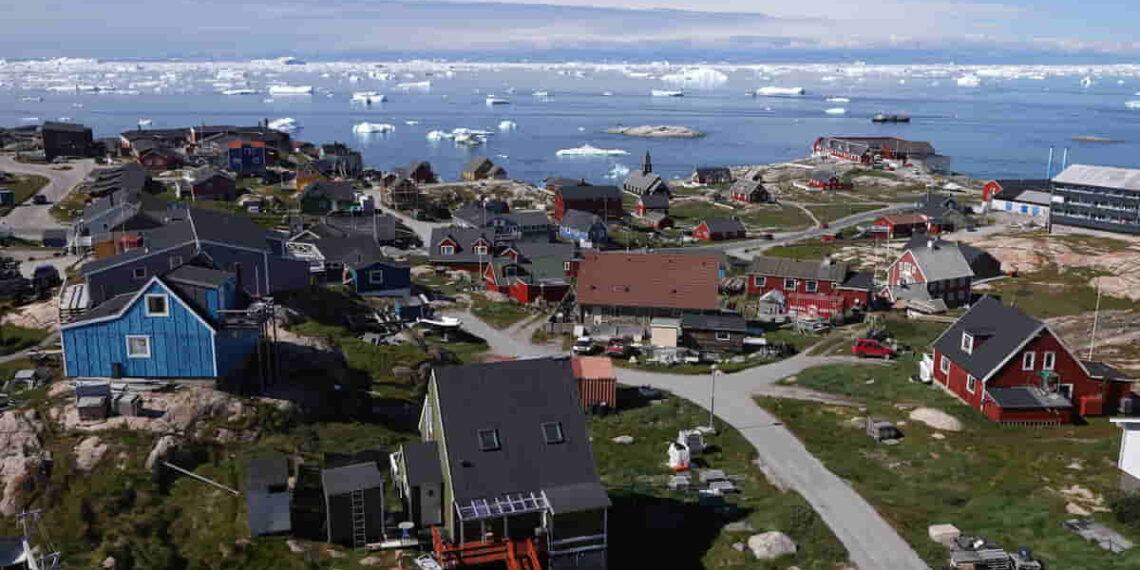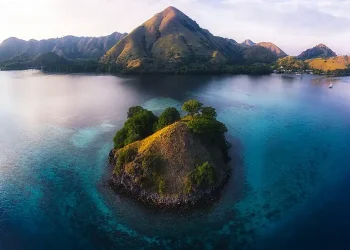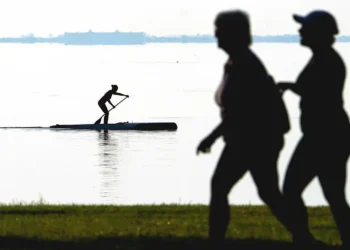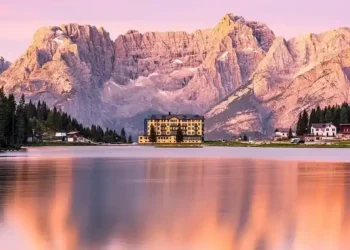Exploring Greenland: The World’s Frozen Frontier
Greenland is suddenly on everyone’s radar, thanks to President-elect Donald Trump’s brief musings about America’s interest in acquiring the island. Known for its remote, icy landscapes and indigenous Inuit culture, Greenland had quietly settled into the darkness of its Arctic winter. However, Trump’s remarks about the island, combined with a recent visit from Donald Trump Jr. on January 7, have thrust the icy land into the global spotlight.
While Denmark, Greenland’s governing body, has firmly rejected the notion of selling the island, Greenland’s local officials have been asserting their right to independence. For travelers, this newfound attention has only sparked greater curiosity about what it’s like to visit this vast, frozen land.
The Allure of Greenland’s Rugged Wilderness
Greenland is home to just 56,000 inhabitants, primarily Inuit people, living along the island’s coastline. Its massive icecap, which covers 80% of the island, is inhospitable, forcing most of the population to live in small, brightly-colored coastal villages. Here, life is shaped by brutal winters where hunting seals under the northern lights is a way of life, although local stores now offer more convenient supplies.
Traditionally, Greenland has been a difficult destination to access, with indirect flights making travel time-consuming. However, this is rapidly changing. Nuuk, Greenland’s capital, opened a long-awaited international airport in late 2024. United Airlines will offer a direct flight from Newark to Nuuk starting in June 2025. By 2026, two more international airports will open in Qaqortoq and Ilulissat, expanding accessibility to Greenland’s incredible landscapes.
Ilulissat: Greenland’s Vibrant Gateway for Tourists
Ilulissat, located on the west coast, is the island’s prime tourism destination. Known for its picturesque harbor and bright fishing villages, it’s a place where travelers can sip craft beers filtered through 100,000-year-old glacial ice while gazing out at a truly spectacular sight: the UNESCO World Heritage-listed Icefjord. Towering icebergs, as large as Manhattan skyscrapers, break free from Greenland’s icecap and drift into the surrounding Disko Bay.
Small boats offer close-up views of the floating icebergs, though caution is advised. “I once saw an iceberg split in two, and the resulting wave was massive,” said David Karlsen, a local boat captain. “I didn’t stick around to see what happened next.”
During summer, visitors can also enjoy world-class whale-watching. From June to September, humpback, fin, and minke whales feed in the bay, and visitors can often catch a glimpse of these majestic creatures breaching the surface.
Greenland’s Cuisine and Culture
For adventurous eaters, Greenland offers unique culinary experiences, including mattak—a traditional dish made from whale skin and blubber. It has a rubbery texture but is deeply rooted in the Inuit culture. In addition to hunting seals and whales, Inuit communities also hunt polar bears, musk oxen, and caribou, and these animals often appear on the local menu.
Cruise tourism is on the rise, with many travelers arriving on ships from North America or Iceland. These cruises offer an excellent way to explore Greenland’s coastline, stopping at colorful villages and breathtaking landscapes like the blue waters of Eternity Fjord and the ancient Viking longhouses of South Greenland.
For a more personal and authentic experience, travelers can opt for the Sarfaq Ittuk, a ferry service that operates along Greenland’s west coast. This less corporate option allows for interactions with local Inuit commuters, offering a unique glimpse into life in Greenland without the commercialized feel of large cruise ships.
The Untouched East Coast and Remote Villages
For those seeking even greater adventure, Greenland’s east coast, which faces Europe, offers a raw, dramatic landscape far less populated by tourists. This rugged coast is home to the world’s largest fjord system, Scoresby Sound, where jagged mountains, glaciers, and pristine wildlife abound. Expedition vessels frequently explore this area, and visitors can experience the wild beauty of the tundra, where polar bears, musk oxen, and migrating geese roam.
One of the most intriguing and remote destinations is Ittoqqortoormiit, a village of just 345 people, located 500 miles north of any other settlement. Isolated for much of the year by ice, this community retains many of its traditional practices, including hunting and preserving food in the old ways. Visitors can also experience dog-sledding expeditions in the winter, which often include building igloos and learning about survival skills in the frozen landscape.
Northern Lights and Adventure Tourism
Perhaps the biggest draw for winter visitors is the stunning display of the aurora borealis, visible throughout Greenland’s long, dark winters. With minimal light pollution, Greenland provides a perfect canvas for this natural spectacle, and more and more travelers are coming to witness it.
Greenland is also attracting adventure enthusiasts. From skiing expeditions on the icecap to hiking the Arctic Circle Trail, a 100-mile route between Kangerlussuaq and Sisimiut, there’s no shortage of ways to explore this vast and wild territory. Adventurers must be prepared for the harsh conditions and potential encounters with polar bears, which still roam the region.
A Changing Landscape and Global Attention
As the climate crisis continues to impact Greenland, with its icecap rapidly melting, the island’s future remains uncertain. Greenland’s geopolitical importance is growing, with international attention focusing on the potential economic and strategic value of the region. But for now, Greenland remains one of the world’s most unspoiled and rugged travel destinations, offering unparalleled natural beauty and a glimpse into a disappearing way of life. Whether you’re seeking breathtaking landscapes, thrilling adventures, or a chance to connect with ancient cultures, Greenland promises to be one of the most extraordinary places on Earth to visit.
This article was rewritten by JournosNews.com based on verified reporting from trusted sources. The content has been independently reviewed, fact-checked, and edited for accuracy, neutrality, tone, and global readability in accordance with Google News and AdSense standards.
All opinions, quotes, or statements from contributors, experts, or sourced organizations do not necessarily reflect the views of JournosNews.com. JournosNews.com maintains full editorial independence from any external funders, sponsors, or organizations.
Stay informed with JournosNews.com — your trusted source for verified global reporting and in-depth analysis. Follow us on Google News, BlueSky, and X for real-time updates.














